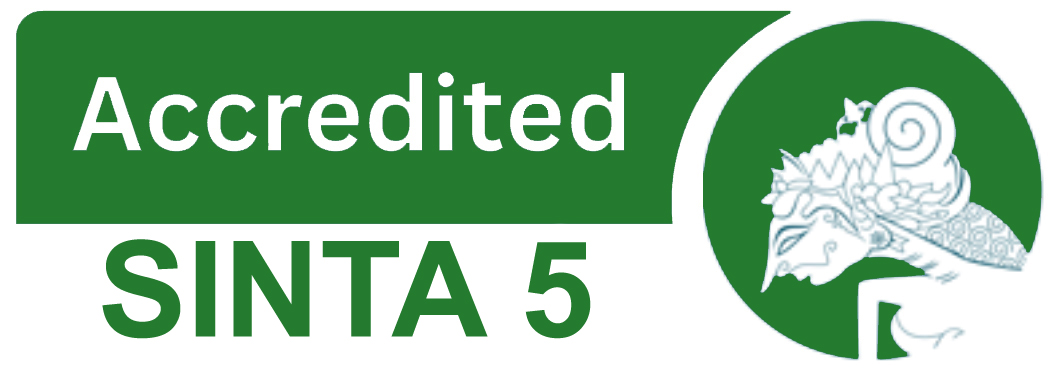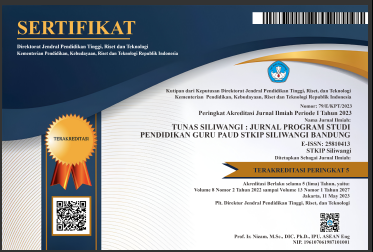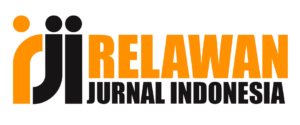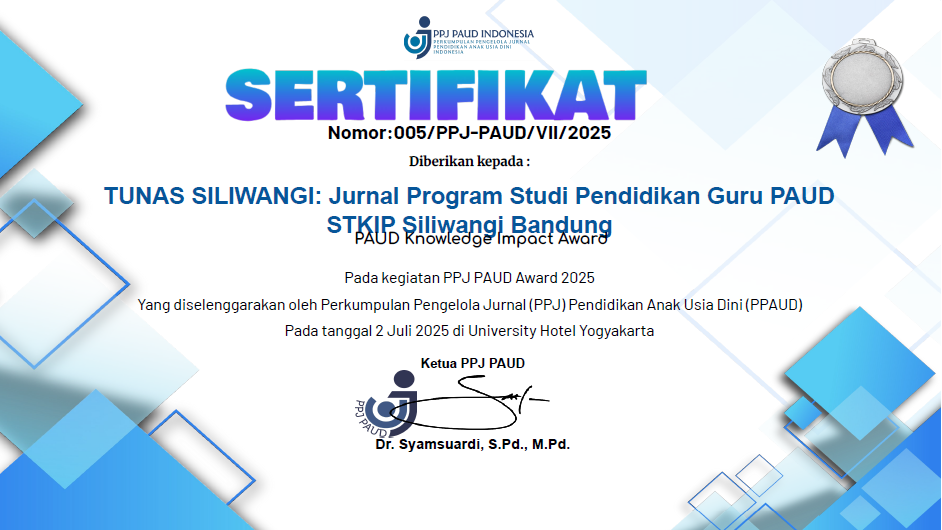The role of teachers in increasing learning interest in early childhood
DOI:
https://doi.org/10.22460/ts.v11i1.5922Keywords:
Role Of Teacher, Interest In Learning, Early Childhood EducationAbstract
The title of this research is "The Role of Teachers in Enhancing Early Childhood Learning Interest." The purpose of this study is to explain how teachers contribute to increasing students' interest in learning. The research method used is qualitative descriptive. The population in this study is referred to as a social situation, consisting of teachers and the school principal. The sampling technique used is purposive sampling. The data collection methods include interviews, observations, and documentation. Data analysis is conducted using qualitative descriptive analysis. The research findings conclude that the teacher's role in increasing students' learning interest consists of three roles: innovator, facilitator, and motivator. As an innovator, the teacher continuously introduces new innovations in the learning process, specifically by implementing the dramatization method. Dramatization is an innovative learning method that can enhance students' interest in learning. As a facilitator, the teacher provides learning materials for students, helping to improve their learning interest. As a motivator, the teacher encourages students to engage in learning, fostering a strong and high level of learning interest.
References
Arikunto Suharsimi, (2015). Prosedur Penelitian Suatu Pendekatan Praktik. Jakarta:PT Rineka Cipta
Hairani, Sarifah dan Ningrum, Mallevi Agustin. 2022. Pengaruh Permainan Loose Part Terhadap Kemampuan Motoric Halus Anak Usia 4- 5 Tahun. Jurnal PAUD Teratai 11 (1), 10.
Lubis, S.I. A, Rahman, M. H. dan Yanti N. (2023) Belajar Dan Bermain Di Era Digital. Jawa Timur : Dewa Publishig.
Nofianti, R., Panggabean, H. S., & Rambe, A. (2024). Parenting Dalam Pembentukan Karakter Islami Aud Melalui Kegiatan Merdeka Belajar. Penerbit Tahta Media.
Parapat, A., Munisa, M., Nofianti, R., & Pratiwi, E. (2023). Meningkatkan Kemampuan Bahasa Anak Melalui Kegiatan Mendongeng di TK Negeri Pembina I Medan. Journal Of Human And Education (JAHE), 3(2), 75–79.
Purnama, S., Hijriyani, Y. S., & Heldanita. (2019). Development of Educational Play Tools. Bandung: PT Remaja Rosdakarya.
Ritonga, R. S., Munisa, M., Syahputra, Z., & Patuzahra, S. (2024). The Implementation of Speech Therapy in Children with Speech Delay. Proceeding International Seminar and Conference on Islamic Studies (ISCIS), 3.
Robingatin, & Ulfah Zakiyah. (2019). Early Childhood Language Development (An Analysis of Children's Storytelling Ability). Yogyakarta: Ar-ruzz Media.
Sukardi, H. M. (2019). Classroom Action Research Methods: Implementation and Development. Jakarta: Bumi Aksara PT. Retrieved from.
Syahrial H, Novianti R & Agustia R . (2023). Kerukunan Ummat Beragama. Yogyakarta ; Greenpustaka.
Tambunan, N. (2023). Faktor Pendukung Dan Penghambat Komunikasi Interpersonal Orang Tua Singel Parent Dalam Mendidik Anaknya Terhadap Pendidikan Agama di Blok Gading Dusun XX Lr. Pertanian Desa Klambir V. Innovative: Journal Of Social Science Research, 3(2), 14487–14494.
Tasril V, Rizka A, Munisa, & Dewi M. (2023). Kecanduan Gadget Dengan Pendekatan Lean Ux. Sumatra Barat : Cv. Azka Pustaka.
Utami, R. D., Munisa, M., & Harahap, A. S. (2020). Pengaruh Metode Bercerita Dan Kemampuan Menyimak Pada Pembentukan Karakter Disiplin Anak Usia Dini. Jurnal Serambi Ilmu, 21(2), 273–300.
Widya R, Rozana S, & Putri. (2023). Implementasi KarakterCinta Tanah Air Pada Anak Dalam Keluarga Sebagai Upaya Wujudkan Profil Pelajar Pancasila dikota Pari. Jurnal Pendidikan dan Konseling, 5 (2), 1-2.
Widya R, Siregar B, & Rozana S,. ( 2020 ). Holistik Parenting Pengasuhan dan Karakter Anak dalam Islam. Jawa barat : Edu Publisher.
Downloads
Published
Issue
Section
License
Copyright (c) 2025 Rita Nofianti, Maragustam Siregar

This work is licensed under a Creative Commons Attribution-ShareAlike 4.0 International License.
The author is responsible for acquiring the permission(s) to reproduce any copyrighted figures, tables, data, or text that are being used in the submitted paper. Authors should note that text quotations of more than 250 words from a published or copyrighted work will require grant of permission from the original publisher to reprint. The written permission letter(s) must be submitted together with the manuscript.







